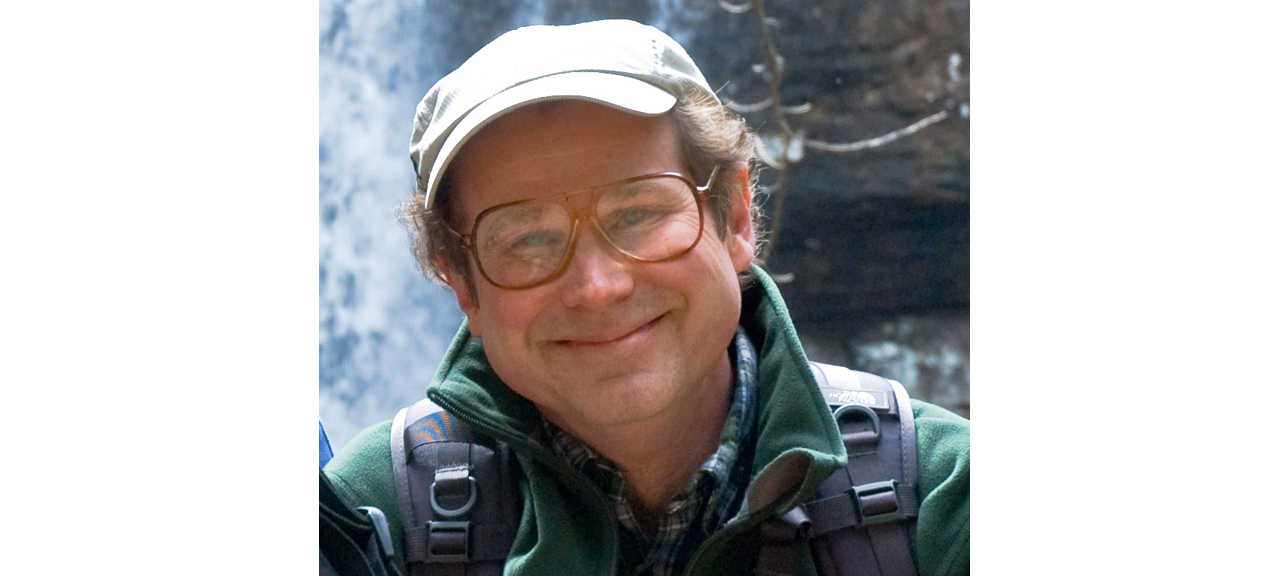I got into geology originally because I was always fascinated by the history of the earth, dinosaurs and so forth, and I also loved the outdoors, so I wanted to do something where I could work outside. I picked geology as an undergraduate major basically right away, and I found that I enjoyed just about every course I took. Then I took a physics sequence, and that really got me hooked. Because I hadn’t had a very good experience with physics in high school, I thought I wouldn’t enjoy it in college, but the professor was fantastic and moved me in the direction of geophysics.
What fascinates me most are really old mountain belts like the Appalachians. An old mountain range, which originally formed before the age of the dinosaurs and has been around for hundreds of millions of years, is still there. It hasn’t eroded away! What keeps those mountains high? Is it something special going on in the mantle? We’re still asking these sorts of fundamental question.
I teach at all levels, from introductory physical geology to advanced courses in geophysics. In my intro courses, I rely heavily on classroom demonstrations, often with fairly crude contraptions that I’ve cobbled together from simple materials. I’ve found over the years the kinds of exercises that work best are the ones that involve student participation.
I had a postdoc friend when I was a PhD student who often said how lucky he felt that his career interest was also his hobby. That’s how I feel, and I think probably the way a lot of people feel in the sciences—that we’re lucky to be able to do it.
Hawman is a professor and undergraduate advisor for the Department of Geology, University of Georgia. In addition to his research and university teaching, he teaches seismology at outdoor science events for elementary and middle school students. Learn more about Hawman’s outreach activities in the EarthScope Winter 2017–18 inSights newsletter.
Hawman participated in the March 2017 EarthScope Synthesis Workshop “Evolution of the Southern Appalachian Lithosphere.”
—by Beth Grassi





